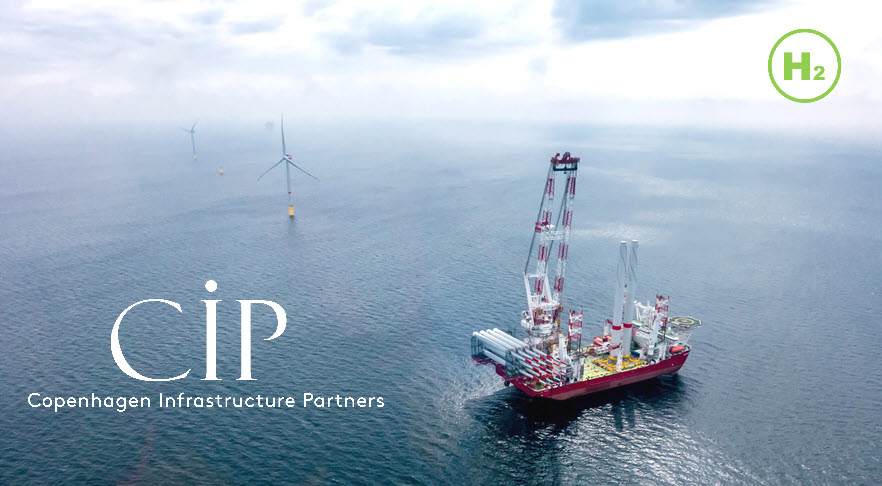
globalbizmag.com
Copenhagen Infrastructure Partners Launches GMF II at COP28
In a big to develop renewable energy projects, the Copenhagen Infrastructure Partners (CIP) has launched its Growth Markets Fund II (GMF II), at the ongoing COP28- 2023 the United Nations Climate Change Conference – in Dubai.
With a focus on developing and building offshore and onshore wind, solar PV, energy storage and Power-to-X projects in selected high growth middle-income markets across Asia, Latin America and EMEA, the fund has a target size of $3 billion and is expected to deliver renewable energy infrastructure projects reflecting over $10 billion of capital investment.
This will enable more than 10 GW of new renewable energy capacity. It is set to be the world’s largest fund focused on greenfield renewable energy investments in high growth, middle-income markets.
Christina Grumstrup Sorensen, Senior Partner and founder of CIP, said that there was a need to bring affordable, reliable, and clean energy to all parts of the world to achieve net zero targets. With a continuous increase in carbon emissions, successful deployment of large-scale renewable energy is particularly important in high-growth, middle-income countries.
“This fund will be deploying significant private capital and therefore ensure renewable projects in countries, where it will contribute to growth and job creation and deliver substantial impact in terms of reducing carbon emissions,” Sorensen said.
By all estimates, emissions from middle-income markets are expected to grow dramatically over the coming decades. Renewable energy power capacity will need to at least triple by 2030 for the global community to stay on the path to net-zero.
To achieve these capacity goals, investments into clean energy must more than quadruple, and middle-income and emerging markets alone will need investments of more than $1.9 trillion by 2030. The GMF II fund will play an important part in reaching and realising these goals.
Niels Holst, partner at CIP and co-head of GMF, said that these middle-income and emerging markets represent not only a mandatory task for the industry – and they believe that they are also very attractive markets for investors seeking exposure to the some of the highest expected growth rates for renewables. These markets are estimated to account for 25% of global renewable energy capacity by 2050, as economic and demographic growth drives rapidly increasing electricity demand, Holst said.
“With GMF II, we are applying our proven greenfield and industrial investment approach from our predecessor funds to create excess returns while significantly mitigating risks. The fund is off to a good start with a large and diversified portfolio of projects reflecting potential equity commitments of more than $5 billion – far exceeding the target fund size. We expect the fund to be a global driver in the green and just transition,” Ole Kjems Sorensen, Partner at CIP and co-head of GMF, said.

Reduces GHGs
Based on GMF II’s already existing portfolio of renewable energy development projects, the fund has the potential to reduce greenhouse gas emissions by more than 10 million tonnes annually, while powering more than 10 million homes with clean energy and creating more than 100,000 full-time equivalent (FTE) years globally.
The launch of GMF II adds to what has already been a record year at CIP in 2023, with first close of the fifth flagship fund, Copenhagen Infrastructure V (CI V), at nearly $6.48 billion as well as final close of both the Advanced Bioenergy Fund I and Green Credit Fund I at a combined $2.16 billion. GMF II is a successor fund to Growth Markets Fund I launched in 2019 and it is CIP’s 12th fund.
About GMF II
GMF II will focus on investments in large-scale and complex greenfield renewable energy infrastructure projects in high-growth middle-income markets with strong fundamentals for renewable development and significant impact potential.
The fund is targeting 15 selected high-growth middle-income markets across Asia, Latin America and EMEA, such as India, Vietnam, Philippines, Mexico, and South Africa. These markets have strong fundamentals for renewable energy infrastructure investments with a combination of high economic and demographic growth including an expanding middle class leading to an accelerating electricity demand.










